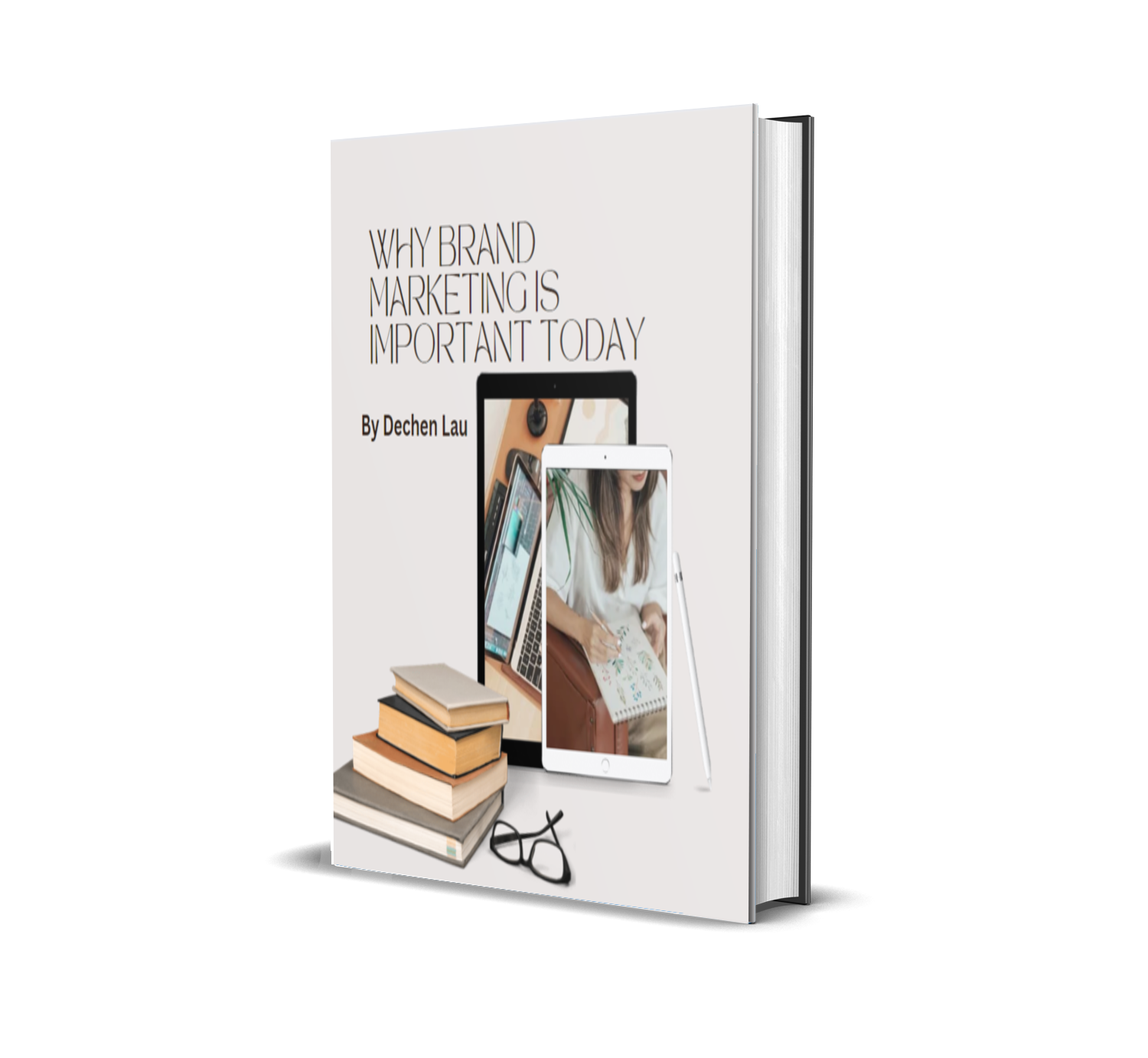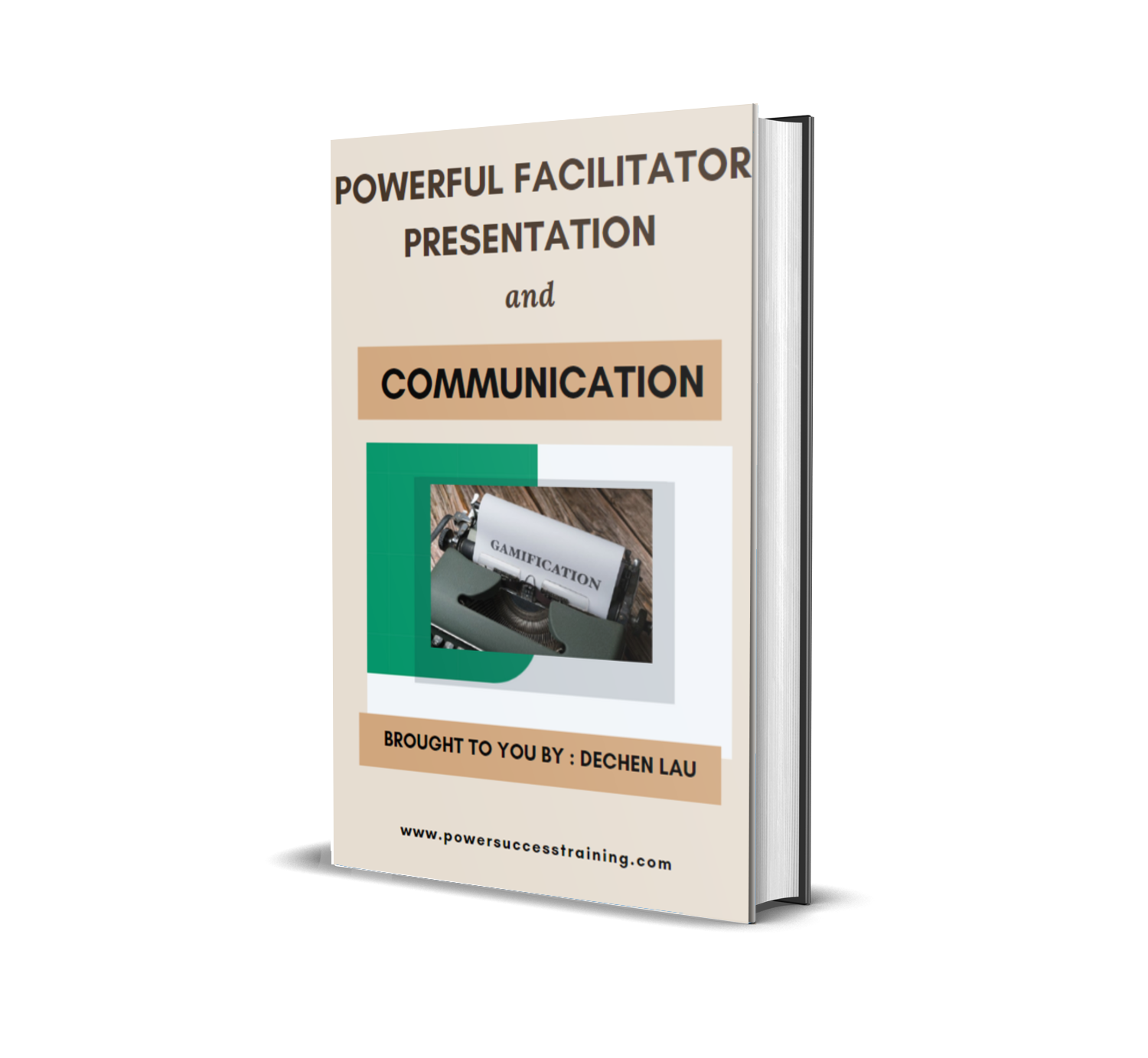The way we consume literature has been completely transformed in the digital age by e-books, which have made it easier and more accessible than ever. Readers can now carry entire libraries in their pockets thanks to the widespread use of smartphones, tablets, and e-readers, making on-the-go reading possible that was unthinkable only a few decades ago. However, as e-books have become more popular, other formats have also emerged, each one tailored to a different device and user preference.
Key Takeaways
- Ebook formats allow for digital publication and distribution of books
- Ebook formats offer benefits such as portability, accessibility, and customization
- EPUB is the most popular and widely supported ebook format
- PDF is a versatile ebook format suitable for various devices and document types
- MOBI is the preferred ebook format for Kindle devices
- AZW is Amazon’s proprietary ebook format, compatible with Kindle devices
- HTML is an ebook format designed for web-based reading and interactive content
- Consider factors such as device compatibility and desired features when choosing the right ebook format
Since these formats affect the production, distribution, and consumption of content, it is essential for both authors and readers to understand them. Digital publishing relies heavily on e-book formats, which dictate how the reader is presented with text, images, and other media. Every format, ranging from the popular EPUB to the proprietary formats created by businesses like Amazon, has special characteristics & restrictions. This post will examine the most popular e-book formats, weighing the advantages and disadvantages of each before helping you select the best format for your publishing or reading requirements.
Readers can improve their digital reading experience and authors can maximize their reach and engagement by developing a thorough understanding of these formats. Accessibility and convenience. The convenience that e-books offer is among their most important advantages. Readers can access their favorite titles without ever leaving their homes thanks to the instantaneous download capabilities of e-books, which are available from online retailers or libraries. With a few clicks, readers can find new authors and genres thanks to this immediacy, which also saves time.
Additional features that make ebooks more accessible to people with different reading needs and preferences include text-to-speech capabilities, background color customization, and adjustable font sizes. Enhanced Reading Experience. Multimedia components that improve the reading experience are another important benefit of ebook formats. Interactive elements like hyperlinks, embedded videos, & audio clips are supported by a wide variety of formats and can offer extra entertainment or context.
When it comes to educational materials, this interactivity is especially helpful because visual aids can greatly increase understanding and retention. environmental sustainability. Compared to print books, e-books are frequently more environmentally friendly because they do not require paper & emit fewer emissions during transportation than print books do. Therefore, opting for e-books rather than print books can support a reading culture that is more sustainable. Across all platforms and devices, EPUB (Electronic Publication) has become the most popular ebook format.
Reflowable content, or text that can adjust to different screen sizes without becoming unreadable, is made possible by EPUB, an open standard created by the International Digital Publishing Forum (IDPF). This adaptability makes EPUB a great option for a wide variety of gadgets, including specialized e-readers like the Nook and Kobo as well as smartphones. Both fiction and non-fiction works can use the format because it supports a wide range of features like embedded fonts, images, and multimedia components. The fact that EPUB works with so many different reading apps & devices is one of its best features.
Apple Books, Google Play Books, and many other platforms can read EPUB files, unlike proprietary formats that restrict users to particular ecosystems. This adaptability gives writers access to a wider audience while also improving accessibility for readers. Also, EPUB files are easily convertible into other formats, providing more distribution flexibility. Because of this, EPUB has become the preferred format for independent publishers and authors who want to increase their exposure in the online market. Another well-liked ebook format that has grown in popularity is PDF (Portable Document Format), which is widely compatible & versatile.
Initially created by Adobe in the early 1990s, PDF files maintain document formatting across various operating systems & devices. This makes PDFs a great option for documents that need precise formatting, like academic papers, reports, or publications with a lot of graphics, because the layout stays the same whether you open them on a computer, tablet, or smartphone. PDFs have special benefits that make them appropriate for some ebook formats, even though they are not made for reflowable content like EPUBs. For example, documents with intricate designs or complicated layouts that must be preserved precisely as the author intended are best suited for PDFs. Because of this, designers & publishers who want to make sure their work looks exactly as intended are especially fond of them. For casual readers, who would rather have reflowable content or adjustable text sizes for easier reading on smaller screens, this fixed layout may also be a disadvantage.
PDFs continue to be a flexible choice in the ebook market despite this drawback. MOBI is an ebook format created especially for Kindle apps and devices from Amazon. MOBI files, which were first created by Mobipocket before being purchased by Amazon in 2005, are tailored to the special features and capabilities of the Kindle. Amazon’s proprietary features, like Whispersync, which enables users to easily sync their reading progress across multiple devices, are supported by MOBI, which is one of its main advantages.
This implies that users can begin reading a book on their Kindle e-reader & finish it on their tablet or smartphone without losing their place. MOBI provides some flexibility in terms of compatibility with other platforms, even though it is mainly connected to Kindle devices. For example, Kindle apps for iOS and Android smartphones can read MOBI files. One significant drawback, though, is that MOBI files are not as extensively supported outside of Amazon’s ecosystem as formats like EPU. This implies that authors who want to reach a wider audience might also want to think about converting their works into other formats.
However, MOBI is still a good option for people who are heavily involved in the Amazon ecosystem or who read mostly on Kindle devices. backing for the management of digital rights (DRM). Support for Digital Rights Management (DRM), which helps publishers shield their content from illegal distribution, is one of AZW’s main benefits. In the digital age, this feature is essential for publishers & authors who want to keep control over their intellectual property. file size and compression improvements.
Also, AZW files provide better compression methods that reduce file sizes without sacrificing quality. This eliminates the concern about running out of space and allows readers to keep more books on their devices. Restrictions and Compatibility. Despite being tailored for the Kindle ecosystem, AZW files’ compatibility with other e-readers and apps is regrettably restricted.
However, this format offers a great way to enjoy digital literature while guaranteeing that authors’ rights are upheld for Kindle users who value the extra features & security provided by AZW files. Mostly recognized as the standard language for web page creation, HTML (HyperText Markup Language) is also a useful format for online reading experiences. Any web browser can easily view HTML files; no special software or applications are needed.
HTML is a desirable choice for authors who want to publish their work online without being restricted to particular ebook formats or platforms because of its accessibility. Also, HTML enables multimedia components and hyperlinks for rich interactivity that can improve reader engagement. The ability of HTML for ebooks to work on a variety of screens and devices is one of its main benefits.
Regardless of how users access the content, HTML content can adapt fluidly to fit various displays, whether on a desktop computer or a mobile device, guaranteeing the best possible reading experience. Also, authors can use HTML to add dynamic elements like interactive tests or animations to enhance instructional materials or narrative experiences. HTML’s adaptability makes it a useful tool for web-based publishing, even though it might not be a traditional ebook format in the same sense as EPUB or MOBI.
In the end, your unique requirements as a writer or reader will determine which ebook format is best for you. EPUB might be your best option if you value accessibility across various platforms and devices while consuming reflowable content because of its extensive compatibility and intuitive features. Despite its reflowability issues, PDF might be a better option if you need exact formatting for documents with intricate layouts, like academic papers or graphic novels. MOBI or AZW formats provide customized experiences that take advantage of special Kindle features like Whispersync and DRM protection for people who are heavily involved in the Amazon ecosystem or who mostly use Kindle devices.
HTML offers a flexible solution that enables rich interactivity & accessibility across multiple devices, which is ideal if you want to publish content online without being constrained by particular platforms or formats. Knowing these various ebook formats will ultimately enable you to make well-informed decisions that improve your reading experience or maximize your publishing endeavors in the current digital environment.
If you’re interested in learning more about the best eBook formats, you might find the article on “The Ultimate Monthly eBook Subscription Service” particularly useful. It provides insights into various eBook formats available through their subscription model, helping you understand which might be best suited for your reading device or app. You can read more about it by visiting The Ultimate Monthly eBook Subscription Service. This article could be a valuable resource for anyone looking to optimize their eBook reading experience.
FAQs
What are the best ebook formats?
The best ebook formats are generally considered to be ePub and PDF. ePub is widely supported across different devices and offers reflowable text, while PDF is a fixed-layout format that preserves the original design of the book.
What is the difference between ePub and PDF?
ePub is a reflowable format, meaning the text can adapt to different screen sizes and orientations. PDF, on the other hand, is a fixed-layout format that preserves the original design and formatting of the book.
Which ebook format is best for different devices?
ePub is the most versatile format and is supported by most e-readers and reading apps. PDF is also widely supported, but its fixed layout may not always be ideal for smaller screens.
Can I convert between different ebook formats?
Yes, there are various tools and software available that allow you to convert between different ebook formats, such as converting from ePub to PDF or vice versa.
Are there any other ebook formats worth considering?
In addition to ePub and PDF, MOBI and AZW are popular formats for Amazon Kindle devices, while LIT and LRF are used by older e-readers. However, ePub and PDF are the most widely supported and versatile formats.


